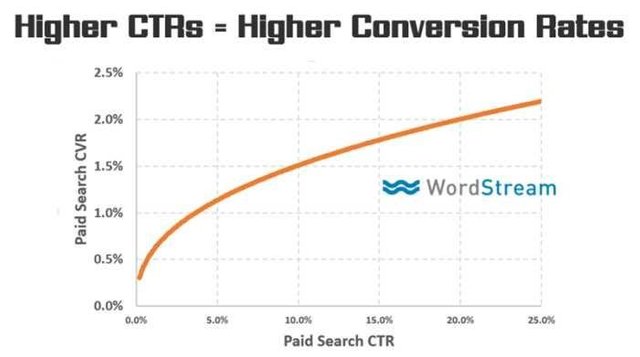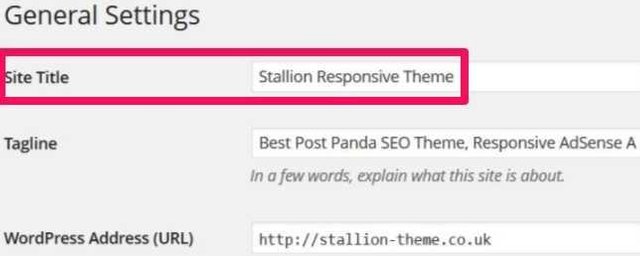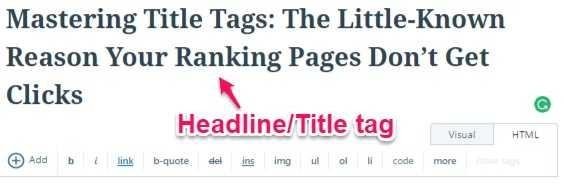Mastering Title Tags: The Little-Known Reason Your Ranked Pages Don’t Get Clicks
It’s a blogger’s worst nightmare. You write a top-notch piece of content, publish it, promote it, and wait for traffic to pour in.
But over the coming days, you find that your masterpiece has gotten far fewer clicks than it deserves. All of that works seems to have been for nothing!
Here’s the critical and little-known piece of the puzzle that’s easy to forget about: the title tag.
Have you ever wondered whether title tags still matter when it comes to SEO?
Well, the answer is a resounding yes. Title tags are far more important than you might think.
In fact, title tags are the second most important SEO factor right behind content, according to Moz.
That means that title tags are almost as vital to your site’s performance as the actual content on your web pages.
You can optimize title tags to boost your rankings and site traffic, too. If your page is ranking but not getting clicks, your title tag might be to blame.
<hr>Ross Hudgens of Siege Media says that using the right title tag can improve your CTR by anywhere from 20-100%.
And we all know that a higher >CTR means a higher conversation rate.
That’s why I’m going to tell you how to master your title tags so that you’ll get more clicks and conversions.
But first, what exactly is a title tag, and how can it boost SEO?
To understand title tags, you should first know what meta tags are.
Understanding meta tags
You can think of meta tags, which are closely related to title tags, as the foundation of SEO.
They are snippets of text that serve as descriptions for your web pages.
Meta tags don’t appear on a page itself, but they do show up in a page’s code and on search engine results pages (SERPs).
If you don’t have meta tags, there’s no way you’ll be able to get views or readers on your web pages organically.
They look something like this:
<head>
<meta name=”description” content=”This is a meta tag.”>
</head>
Besides your title tag, the meta description is the first impression that users will have of your site. If your description isn’t compelling, they probably won’t click over to your site.
If you don’t write a meta description yourself, Google will sometimes create one by pulling text from your content.
That isn’t always a bad thing, but Google could pull a meta tag that doesn’t accurately reflect your page.
If you want control over which keywords appear in your page’s description, write one yourself.
Then you don’t have to worry about Google pulling content that isn’t relevant to explain an entire web page, and you can add keywords that will boost your clickability. (More on that later!)
Now that you know what a meta tag is, we can move on to our main focus: title tags.
What is a title tag?
Title tags do exactly what their name sounds like. They provide a title for a web page that is part of a tag. They look something like this:
<head>
<title>This Is A Title Tag</title>
</head>
Title tags are the tags that tell website visitors and search engines what your site is about (just like meta tags) in a concise manner.
Unlike meta tags, title tags appear in the tab of your web browser.
They’re essentially the main piece of text that people use to identify the different URLs on your site. Title tags allow you to give every page a name that outlines the page’s purpose.
The title that you enter in a title tag will also appear when you share your web page on social media. Here’s what a title tag will look like on Facebook:
Most importantly, your title tag will appear as the huge blue link on the SERPs.
That means that it’s the deciding factor for searchers and will either cause them to click on your page or pass over you.
But now you might ask, “Where (and how) do you add a title tag?”
How to add a title tag
You can add title tags in the <head> section of your site’s HTML code.
If you don’t want to add one manually, you can add title tags in the “settings” area of most content management systems (CMSs), like WordPress.
Just type in your title tag under the “Site Title” section.
If you use an SEO plugin for WordPress, like Yoast, add a title tag under the “SEO Title” area instead.
Then, you’ll be able to see a preview snippet showing an example of how the page will appear on SERPs.
That way, you’ll know exactly what your title tag is going to look like to searchers before you commit to it.
If you’re writing an article or a blog post in WordPress, the area where you enter a headline will automatically become the title tag.
In the next post we are going to be looking at adding emojies..
Please upvote the post and comment below
And follow for more SEO Optimization update..
Thank you for your time..










Get your post resteemed over 90000+ followers and get upto $19+ value Upvote. Your post will skyrocket and give you maximum exposer.
See our all pakages at: